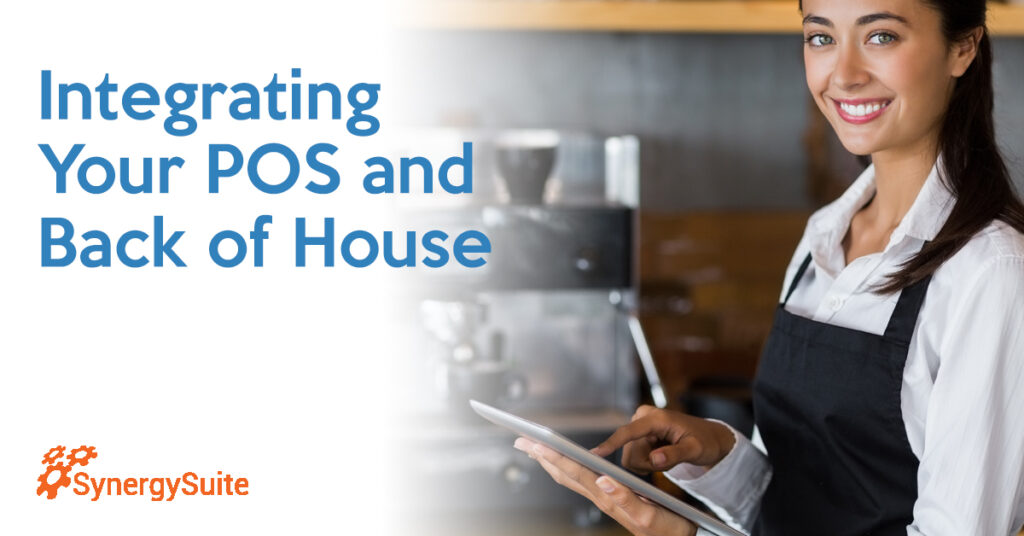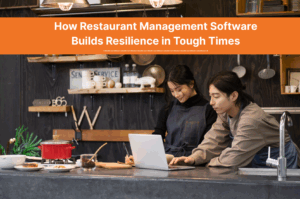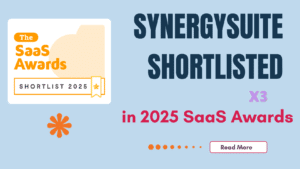Updated on: April 22, 2023
Looking for a simple way to improve customer satisfaction, raise profits, increase efficiency, and reduce employee turnover? While there’s no magic bullet for every restaurant-related challenge, successfully integrating your POS system with your back of house is the quickest way to improve your restaurant’s performance in almost every sector. From managing staff and inventory to ensuring shorter kitchen-to-table wait times, finding the right restaurant technology is a surefire way to take your business to the next level.
According to data from Hospitality Technology’s 2019 Restaurant Technology Study, 33% of restaurants identify system integration as a significant roadblock to innovation and higher financial performance. As a result, 60% of restaurant operators see software integration capacity as the number one factor to consider when purchasing a POS system. If you’re hoping to integrate your own POS and BOH software, it’s important to find technology that will help save both time and money, adapt to changes and trends in the restaurant industry, and help create a consistently positive dining experience for new and returning customers.
The benefits of integrating your front of house (POS) and back of house systems are significant when it comes to reducing costly miscommunications between servers and kitchen staff. Instead of relying on orders written in potentially confusing and inconsistent shorthand, cooks and chefs receive standardized POS orders with clear instructions and specific order modifications. Orders sent directly from table to kitchen can be made and delivered faster, giving servers more time to attend to more patrons, and helping to ensure that each customer receives the correct order in a timely manner.
Additionally, a fully integrated POS and BOH system creates a single platform that allows managers and BOH staff instant access to all available data from both front and back of house. Managers can easily track which menu items sell well during which times, and monitor theoretical and actual inventory, allowing them to make informed inventory decisions that maximize the food supply budget and prevent waste.
Real-time access to consumer behavior can also help staff make recommendations to patrons based on big-picture ordering trends, such as a tendency for customers to order a specific appetizer or beverage with a popular entrée. And as restaurants continue to adapt and modify their practices based on the dietary needs and restrictions of their demographic, easily accessible data can help keep every staff member aware of specialty ingredients that may merit special consideration for customers with potential food aversions or allergies.
When evaluating the wide variety of options in restaurant technology, it’s important to find a system that both addresses your current needs while anticipating future changes and adaptations. The ideal BOH management software will not only fully integrate with your current POS system, but will allow operators the freedom to adapt for on-site growth, changes to the business model, or new franchise locations. And while industry changes and ever- shifting consumer trends will continue to challenge restaurant operators in every sector, a fully integrated POS and BOH can make navigating the restaurant business easier and more efficient than ever.






